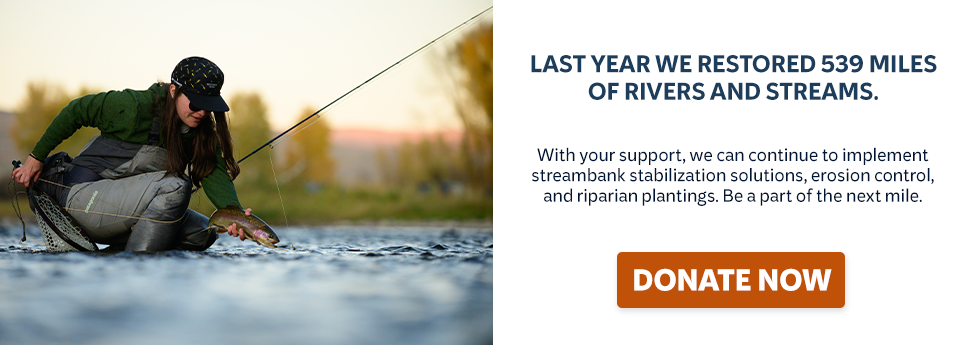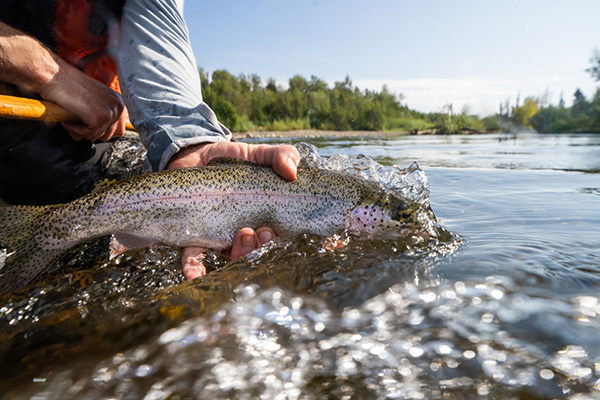A fundamental shift
Avoiding the most severe potential impacts of climate change means dealing with the root cause — carbon emissions.
We need to reduce greenhouse gas emissions from existing energy production, and make a fundamental shift toward renewable technologies.
At the same time, we should address the effects of climate change facing us today, and that requires federal and state funding that matches the scope of the problem.
Climate change adaptation protects people and communities from flood, wildfire, and drought while making trout and salmon fisheries more resilient. It also provides high-paying jobs in rural communities across America.
Emissions reductions
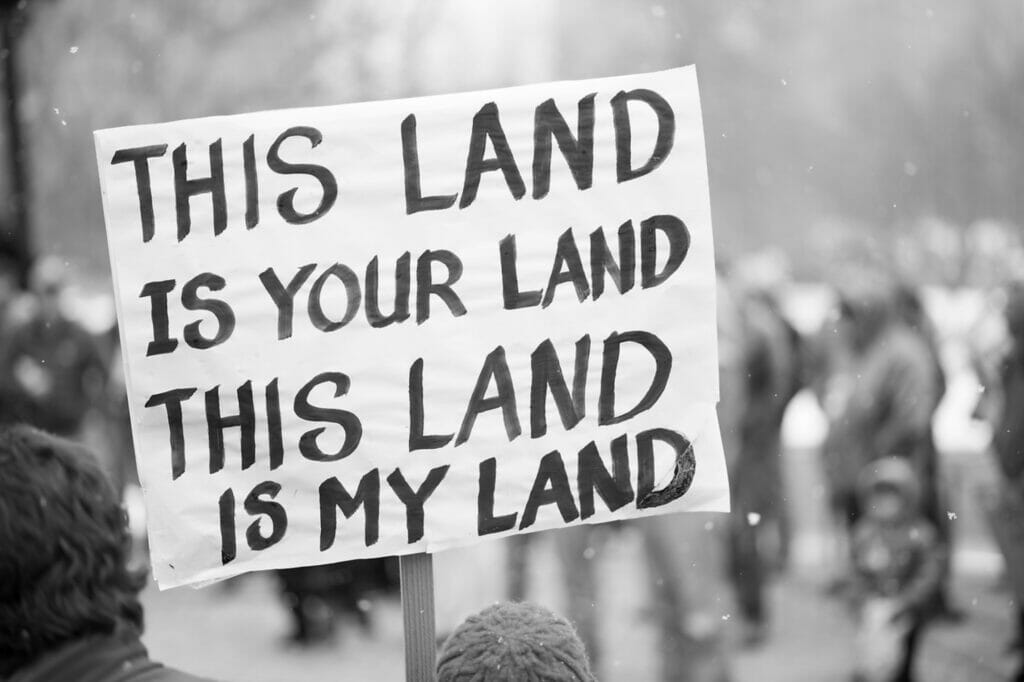
Congress should pass legislation that will use market mechanisms to substantially reduce carbon emissions to save our watersheds, valuable fisheries, and most importantly, our health. As one example, the Energy Innovation and Carbon Dividend Act is a bipartisan, market-based approach that would reduce U.S. emissions by at least 40 percent over 12 years.
Clean energy
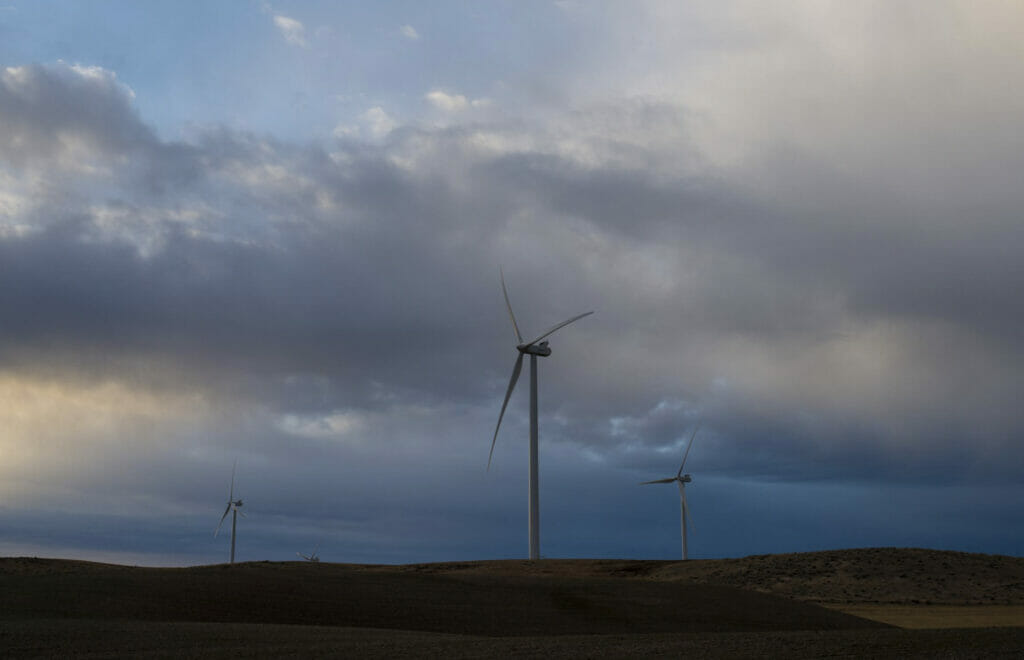
A serious effort to reduce climate pollution should include investments in clean, fish and wildlife-friendly energy sources such as on- and offshore wind, solar, sustainable bioenergy, and geothermal. The Public Lands Renewable Energy Development Act would encourage sustainable energy production while also protecting and restoring fish and wildlife habitat and providing assistance to local governments.
Climate adaptation funding
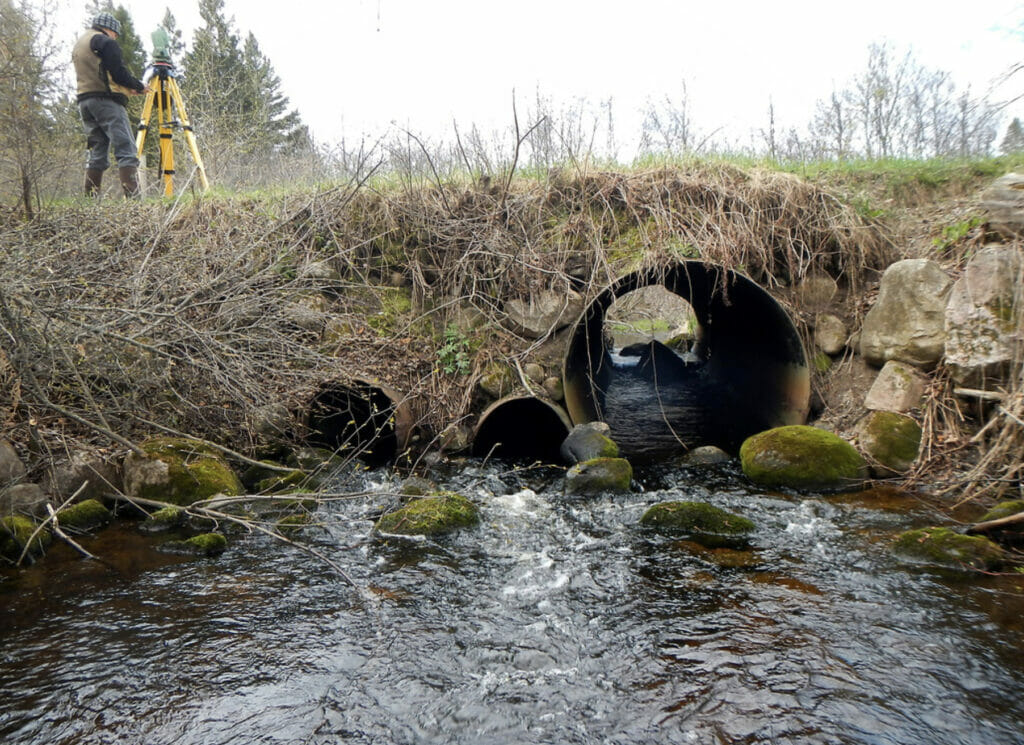
Halley Creek before culvert removal 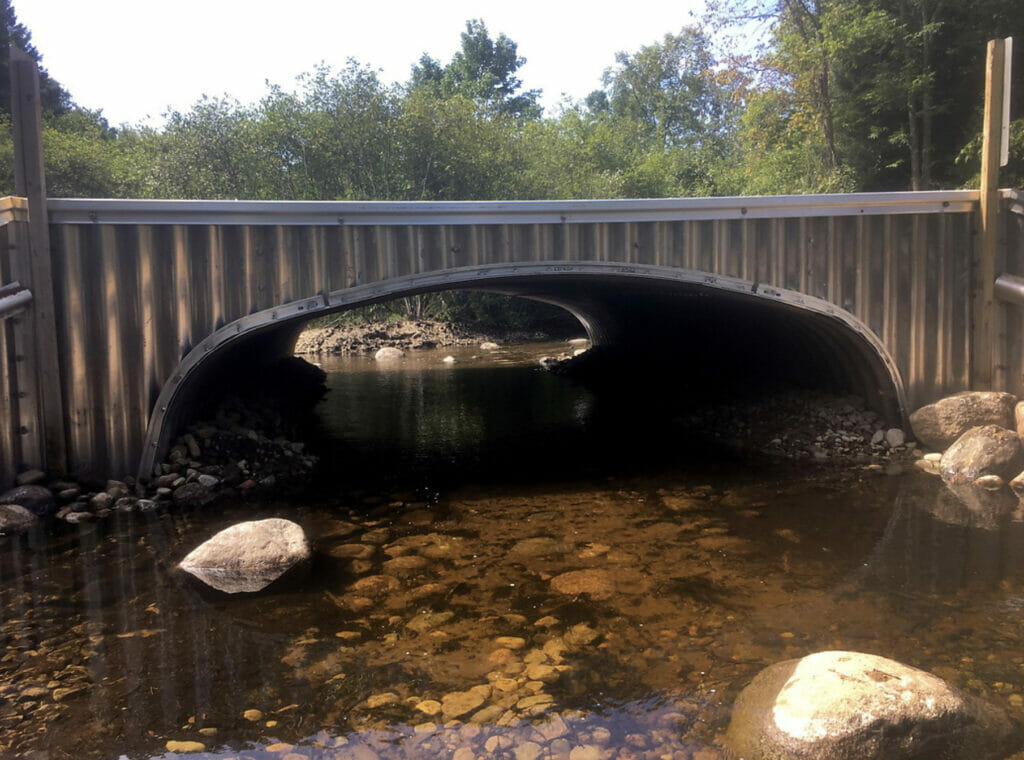
Halley Creek after culvert removal
To do more of the work that makes communities, and fish and wildlife, more resilient to climate change, we need funding for projects that provide multiple benefits. We can reconnect fragmented streams to reduce flooding in communities while also improving fish and wildlife habitat. We can improve irrigation infrastructure to save farmers money while keeping more water in the streams for trout and migrating salmon. We can restore streams to serve as wildfire breaks, store water for agricultural irrigation, and keep water colder for trout.
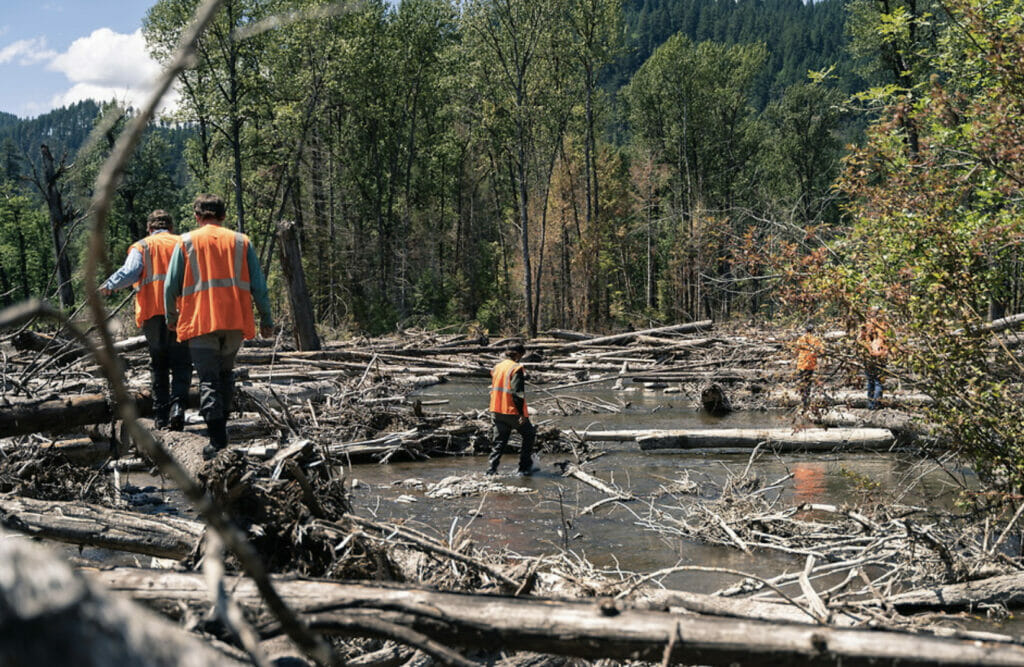
Walking on degraded habitat in the Columbia River Basin 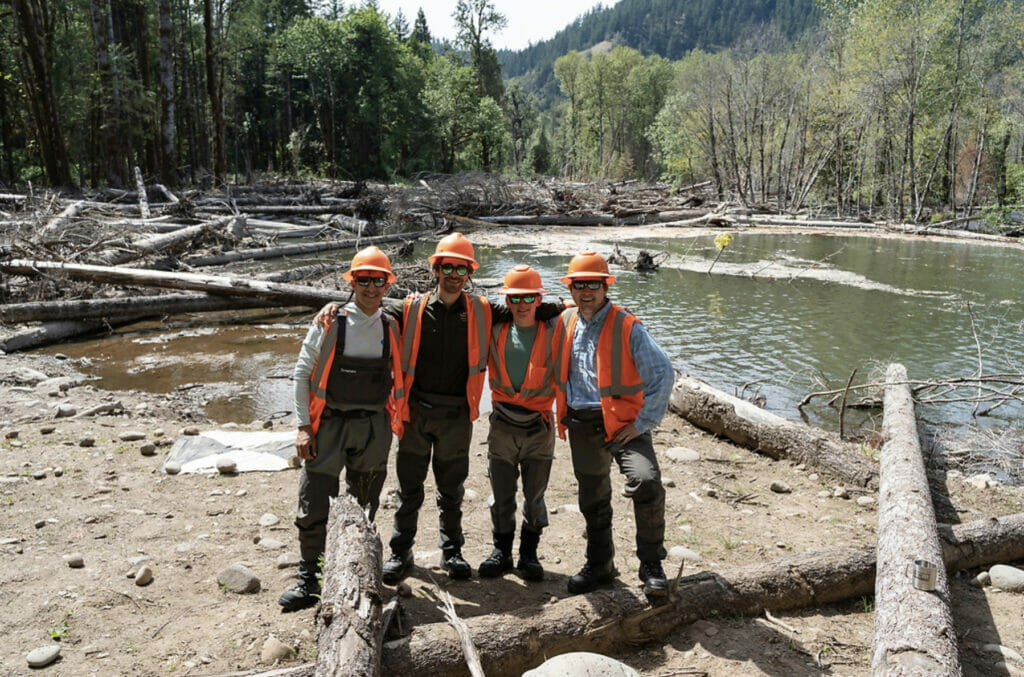
Trout Unlimited team members during habitat restoration

